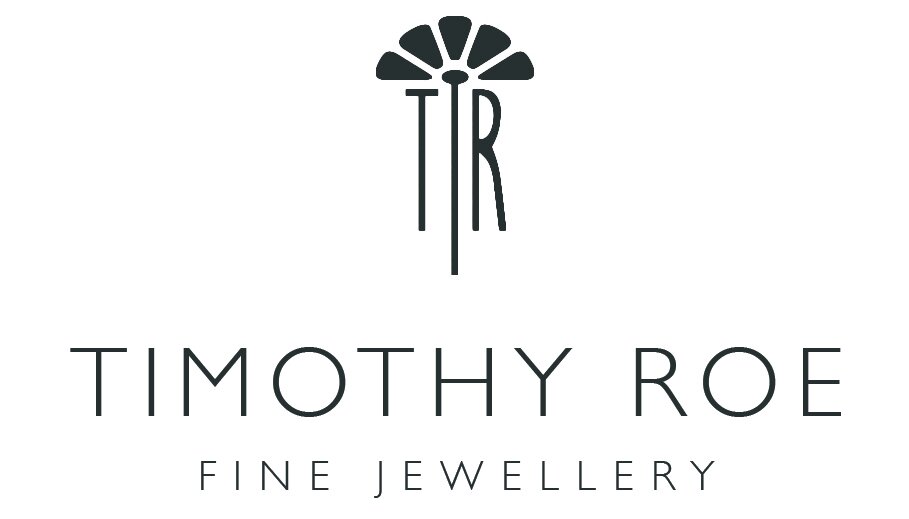Silver Washed Fritillary Butterfly Ring
This is one of our most interesting bespoke wedding ring stories. Our customer approached us after having their engagement ring designed and made with us. He asked us if we were able to design a slightly different gentleman’s wedding ring.
As they were moving to one of Hampshire's most renowned areas for the conservation of a particular butterfly species which also happened to be where they were to hold their wedding, they wished to have a butterfly and oak leaf decorated wedding ring. The use of this particular butterfly and the oak leaves would symbolise the setting down of their new roots and the beginning of a new adventure.
For the silver washed fritillary butterfly to come into life the female lays her eggs into crevices in the bark of the oak tree. Once the eggs hatch the caterpillar crawls down the oak tree and feeds upon the dog violet plant which must be very close by. After eating the leaves of the violet, the caterpillar sunbathes to digest these leaves and then crawls back to the violet to feed again and this continues until the Winter.
Hibernation happens in the bark of the oak tree until the spring when the caterpillar crawls back down to find the violet again. The violet consumption and sunbathing begins once more until the caterpillar returns to the Oak tree to pupate.
After two to three weeks, depending on temperature, the adult silver washed fritillary butterfly emerges and lives for 2 weeks. Within this 2 weeks it must mate again for the cycle to continue.
The continued survival of this species relies on this rare combination that nature provides - a mature oak tree, plenty of sunlight, violets growing very close by and a silver washed fritillary to lay the eggs of course.
The design was originally drawn on paper and then simplified slightly due to the multitude of fine veins in the wings. The layout and position of the leaves and butterflies was then worked on in one of our 3d design programs until the layout and shape was agreed with our customer. The digital .stl file produced then needed to be 3d printed in wax or wax/resin mix to enable a mould to be created allowing us to cast the design in 18ct yellow gold.
Photo by Charles J Sharp.


